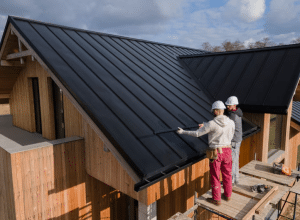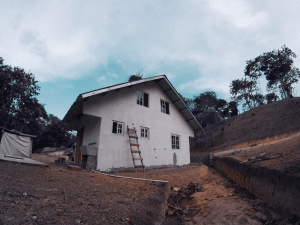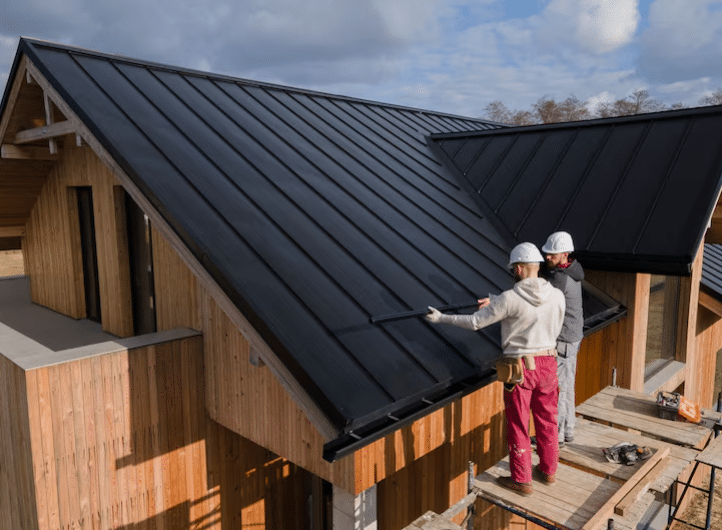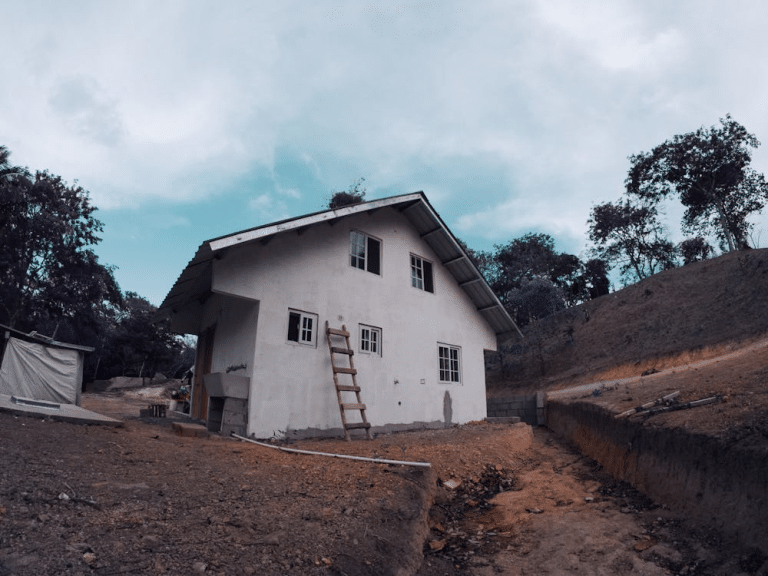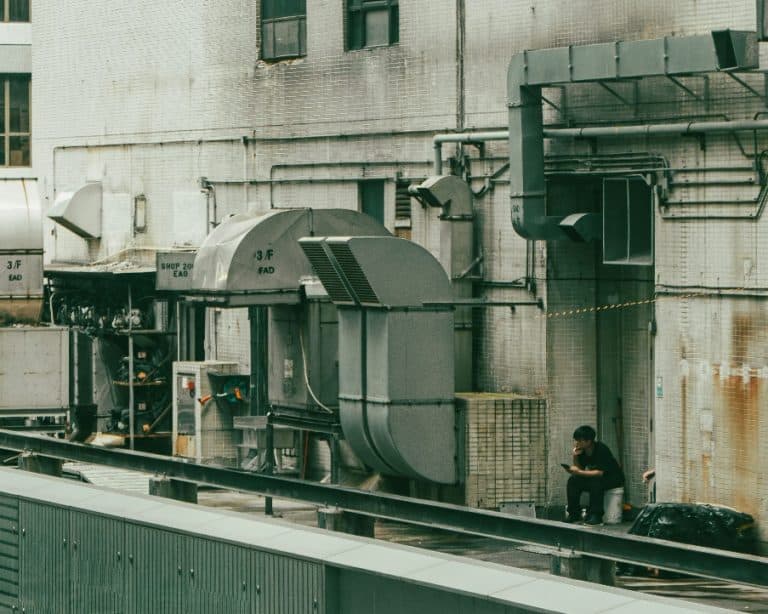It’s easy to get caught up with indoor chores and forget about your home’s exterior. But the outside of your home protects everything inside, and it needs attention, too. If you live in Atlanta or nearby areas, you know how unpredictable the weather can be — one season brings heavy rain, another brings humidity and heat, and then there are the sudden storms. All these factors can slowly wear down your roof, siding, and windows.
Taking care of your home’s exterior isn’t just about looks; it’s about saving money in the long run. A little maintenance can help you avoid big repair costs later. Here’s a simple and complete checklist to help you keep your home looking great and performing well all year long.
1. Inspect and Maintain Your Roof
Your roof is the first line of defense against rain, wind, and heat. It’s also one of the most expensive parts of your home to replace, so taking care of it is worth the effort. Start by looking for missing or loose shingles, damaged flashing, or signs of wear around the edges. If you notice sagging areas or stains on the ceiling inside your home, there may already be a leak that needs quick attention.
Roof inspections should happen at least once a year and after any major storm. Even a small crack or hole can grow into a serious problem if left untreated.
If you live around Atlanta, trusted local roofing experts like Dr. Roof Inc can help with detailed roof inspections, professional repairs, and full replacements when needed. They’ve been serving homeowners in the area for decades and know how to handle Georgia’s weather challenges. Having an expert check your roof can save you time and protect your investment.
A simple extra tip — don’t forget your attic. Go up there once in a while and check for damp insulation, mold, or daylight peeking through. These are early warning signs that your roof might need attention.
2. Examine Your Siding
Your home’s siding isn’t just for looks — it protects your walls from moisture, wind, and pests. Walk around your house and look for cracks, warping, loose panels, or areas with mold or mildew. Pay special attention to spots near the ground or under roof overhangs.
Different materials need different care. Vinyl siding might just need a power wash, while wood siding may need sealing or repainting every few years. Fiber cement siding is tougher but should still be inspected regularly for chips or gaps.
If you spot significant damage or rot, don’t wait too long to repair or replace it. A small issue can spread quickly and cause deeper structural problems. Regular maintenance keeps your siding strong and your home looking sharp.
3. Inspect Windows and Doors
Windows and doors do more than just provide light and entry — they also keep your home energy-efficient. Check the seals, weather stripping, and caulking around frames. If you feel drafts or see condensation between panes, it might be time to replace them.
Clean the glass and check that locks and hinges are working smoothly. Damaged seals or broken frames can lead to higher energy bills since air leaks make your heating and cooling systems work harder.
Also, take a look at the window sills and trim for peeling paint or rot. These small details, if ignored, can cause moisture problems inside your walls.
4. Maintain Driveways, Walkways, and Patios
Your driveway and walkways take a lot of abuse from weather and daily use. Over time, cracks can form and expand, letting water seep underneath and cause damage. It’s best to fix small cracks before they grow.
Power washing concrete or stone surfaces helps remove dirt, moss, and stains. It also gives your home a clean, fresh look. If your driveway is asphalt, consider sealing it every few years to protect it from water and sun damage.
Patios and decks deserve attention, too. Clean them regularly, and check for loose boards, nails, or uneven areas. A few minutes of upkeep can prevent accidents and extend the life of these outdoor spaces.
5. Care for Your Landscaping
Landscaping is about more than beauty. It plays a big role in protecting your home. Overgrown trees or branches can damage your roof or siding during a storm. Trim them back so they don’t touch your house.
Keep bushes and plants at least a foot away from your walls to prevent moisture buildup. Clean up leaves, sticks, and debris that collect near your foundation, as they can lead to mold or pest issues.
If you have sprinklers, make sure they aren’t spraying directly onto your siding or windows. Too much water exposure can cause unnecessary wear over time. Good landscaping isn’t just pleasing to look at—it also keeps your property safe and healthy.
6. Check Paint, Trim, and Other Details
A fresh coat of paint does more than improve curb appeal. It also seals and protects your home’s surfaces from moisture and sunlight. Check your exterior paint for peeling, cracks, or fading. Touching up problem spots early prevents more extensive repairs later.
Inspect trim boards, shutters, railings, and light fixtures for signs of wear. Replace or repaint as needed. Small updates—like polishing metal fixtures, cleaning outdoor lights, or repainting your front door—can make your home look new again without a full renovation.
Consistency is key. Make it a habit to walk around your property every few months. The more often you inspect, the easier it is to keep your home in top shape.
Your home’s exterior works hard to protect you every day. Giving it the care it needs helps you avoid stress and big repair bills later. Start small—pick one area of your home each weekend and focus on it. In a few weeks, you’ll have covered everything on the checklist.
Regular exterior maintenance keeps your home beautiful, safe, and comfortable for years to come. A few hours of effort each season can save you thousands in the long run and give you peace of mind knowing your home is well cared for.




